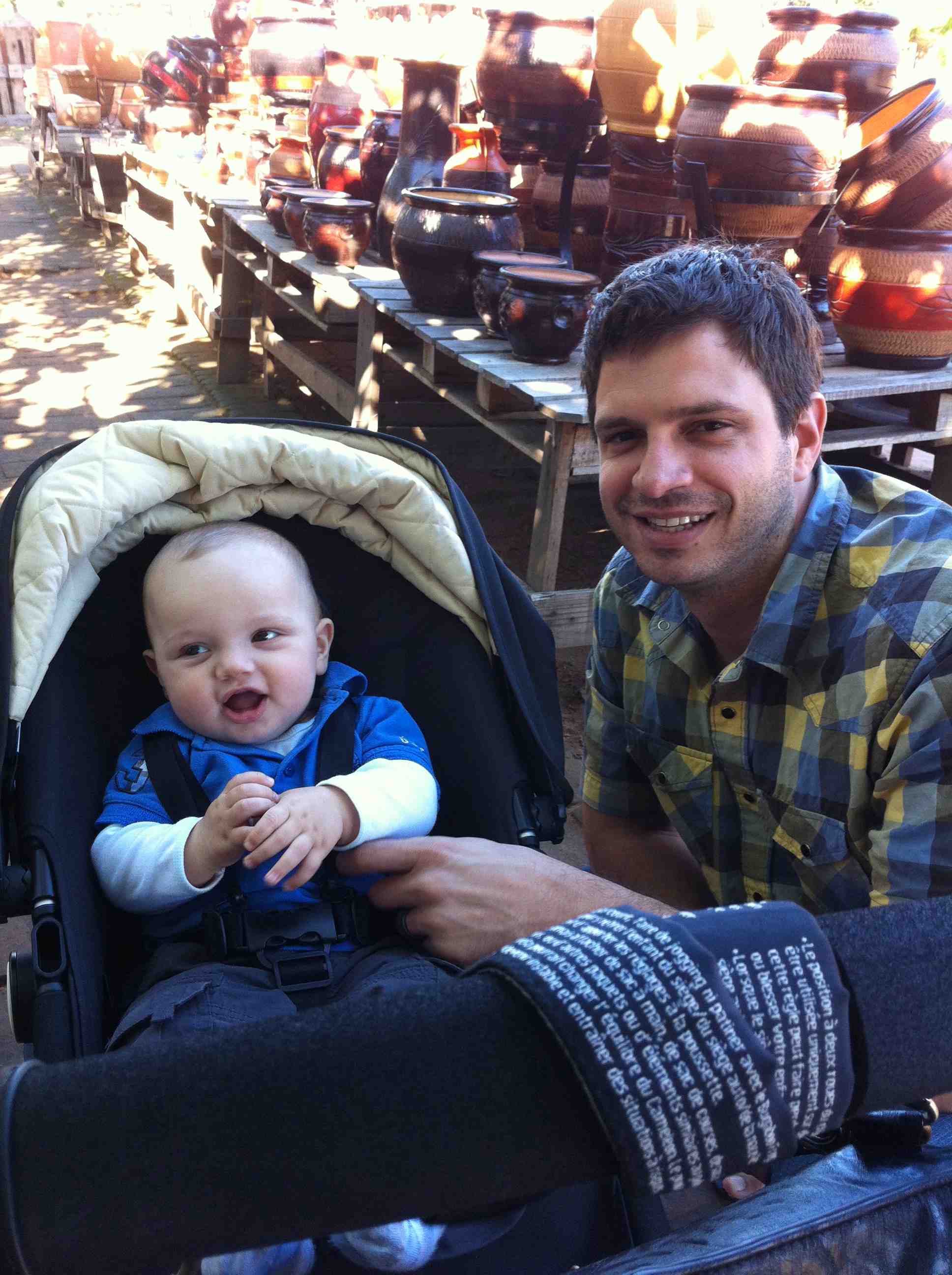Gonzalo Erdozain writes:
The same day I visited the Riley County Fair for the first time in the 8 years I’ve lived in Manhattan, Kansas, our paper, Observation of Public Health Risk Behaviors, Risk Communication and Hand Hygiene at Kansas and Missouri Petting Zoos – 2010–2011, gets published.
As we approached the fair, I noticed a big pavilion with lots of cows in it, being cared for by what I think were their owners. I had my 10-month-old in his stroller and a corn dog in hand. I decided to try to walk right through it and see if anybody stopped me. I even asked the person  at the entrance if it was OK for me to walk through the pavilion with my corndog. To my surprise, she replied: “sure.” Both the U.S. Centers for Disease Control and the U.K. Health and Service Executive recommend against this.
at the entrance if it was OK for me to walk through the pavilion with my corndog. To my surprise, she replied: “sure.” Both the U.S. Centers for Disease Control and the U.K. Health and Service Executive recommend against this.
Human food should not be allowed into animal areas (whether contact with animals is allowed or not). Personal items like strollers should not enter the animal area either, as they can become contaminated with animal bedding spilling over into the walkways. At this fair cattle were being walked in and out of the animal area through the same entrance/exit visitors were, which increases chances of cross-contamination. A few other things that could have been done to lower the risks are:
– Have hand hygiene stations at entrance and exits
– Have staff at entrance and exit encouraging hand hygiene and giving a few pointers on how to behave within the animal area
– Have signage easily visible by visitors as they enter and leave the area reinforcing what the staff is saying
– Don’t have the cattle water trough accessible to visitors
– Don’t use same entrance and exits for cattle and visitors due to risk of cross-contamination
– Don’t allow human food into the animal areas
These events can be fun and informative, and I can’t wait for my son to start actually understanding what’s going on, but the fun ends when a kid ends up with hemolytic uremic syndrome caused by E. coli O157:H7. Hand hygiene and risk awareness will go a long way when it comes to reducing the risk of zoonotic disease transmission at events that encourage human-animal interactions. If you think this can’t happen to you, check out our table with outbreaks related to petting zoos, available at http://bites.ksu.edu/petting-zoos-outbreaks.
